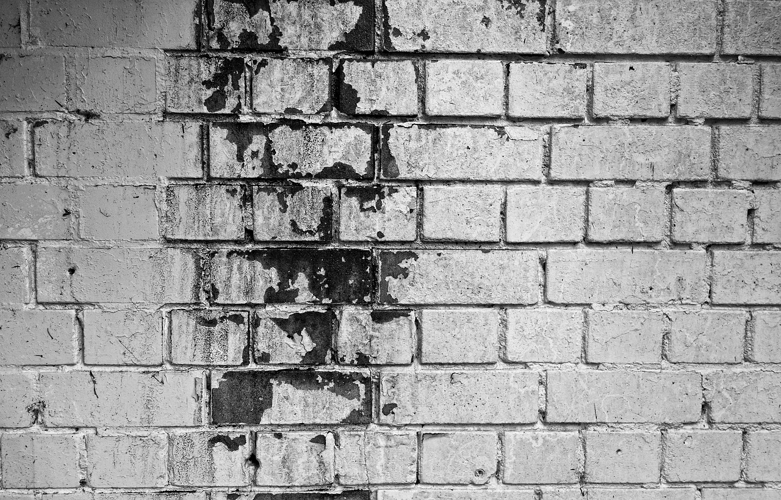Mold is more than just an unsightly nuisance. It can pose serious risks to both your property and your health. Understanding the fundamentals of mold growth, its identification, and effective removal methods is critical for maintaining a safe and healthy environment.
Mold thrives in certain conditions and can rapidly proliferate if not addressed promptly. This guide aims to provide actionable steps for identifying and eliminating mold in your property, creating a space that is not only aesthetically pleasing but also safe for inhabitants.

Understanding Mold: What You Need to Know
Mold is a type of fungus that exists everywhere in nature, both indoors and outdoors. While it serves a crucial role in breaking down organic matter, its presence indoors can lead to significant problems. Mold reproduces through spores that flourish in environments that provide warmth, dampness, and organic material. Once mold spores settle on a suitable surface, they can develop within 24 to 48 hours.
Common types of indoor mold include Aspergillus, Cladosporium, and Stachybotrys chartarum, often referred to as black mold. Without intervention, mold can cause damage to structures, leading to costly repairs and health issues ranging from allergies to respiratory infections. Symptoms of exposure can include sneezing, coughing, and skin irritations. Therefore, recognizing the signs of mold can help prevent extensive damage to both property and health.
Identifying Mold and Its Sources
To effectively combat mold, it's essential to be skilled in its identification. Look for visible signs such as discoloration on walls, ceilings, or floors. Mold often appears in circular patches that can range in color from black and green to white and yellow. In addition to visual signs, you may also notice a musty odor that indicates mold’s presence.
If you suspect that mold exists behind walls or under carpets, moist areas and water stains can serve as telltale markers. Identifying sources of moisture will further help in understanding how to combat mold and mildew, high humidity levels, leaks from pipes or roofs, and poor ventilation, all of which contribute to dampness conducive to growth. Equip yourself with a hygrometer to measure humidity levels; ideally, levels should be kept below 60 percent.
Regular inspection of your property, especially in areas like basements, attics, and bathrooms, is crucial in spotting potential sources early and mitigating the risks associated with mold.
Humid Environments: The Perfect Breeding Ground
Humid environments play a crucial role in mold proliferation. Areas with inadequate air circulation, such as attics and basements, create a paradise for mold spores to settle and multiply. Post-shower bathrooms are another prime location, making it essential to employ ventilation techniques. Managing humidity levels effectively is key to reducing mold growth during humid months.
Employ exhaust fans in kitchens and bathrooms to direct moisture outdoors, and consider using dehumidifiers in particularly damp areas. Address any leaks or water intrusion without delay, as standing water or water-damaged materials will provide mold with sufficient nutrients to thrive. This proactive approach is vital in combating mold and maintaining a healthy living environment.
Effective Mold Removal Techniques
Effective mold removal techniques rely on addressing both visible and hidden mold. Use protective gear such as gloves, goggles, and masks to safeguard against spore inhalation during cleanup. For visible growth, a solution of water and detergent can often suffice for small areas; however, bleach can be used for tougher cases on hard surfaces. It is crucial not to mix bleach with ammonia-based products, as this can produce toxic fumes.
For larger infestations, hiring a professional service may be necessary. Trained specialists can identify underlying issues, safely remove mold, and ensure it does not return. Continuous assessments of your property are vital after removal, checking for signs of regrowth to address any persistent problems immediately.

Prevention: The Best Strategy Against Mold
Preventative measures can save time, effort, and money in the fight against mold. Start by keeping your home well-ventilated; open windows when the weather permits and run ventilation systems during humidity spikes. Insulation is key; use materials designed to prevent condensation on walls and pipes, reducing moisture and inhibiting mold growth. Regular maintenance also plays a large part in prevention. Inspect and repair any leaks in roofs, windows, and plumbing systems promptly.
Ensure gutters function as intended and direct water away from the foundation of the home. Maintaining a clean home is also beneficial; regular cleaning routines that focus on high-risk areas—especially bathrooms and kitchens—can significantly decrease the likelihood of mold resurgence.
When to Seek Professional Help
Determining when to enlist the help of professionals is crucial for effective mold management. If you discover areas larger than ten square feet covered in mold or if mold appears to be beneath wallpaper or flooring, seeking professional services is highly advisable.
Experienced mold remediation companies have the tools and expertise to remove substantial infestations. Signs of structural damage due to mold may warrant immediate professional intervention. Indicators include warped walls, ceilings, or floors, all of which can compromise the integrity of your property. If you or other occupants experience persistent health issues linked to mold, do not hesitate to consult a specialist for support and remediation efforts.
Health Risks Associated with Mold Exposure
Awareness of the health risks associated with mold exposure is crucial for maintaining well-being. While some individuals may experience mild symptoms like sneezing and eye irritation, others may suffer severe reactions. People with asthma or weakened immune systems have heightened susceptibility to respiratory complications due to mold spores.
Long-term exposure may lead to chronic respiratory conditions and other significant health challenges. Addressing mold presence promptly protects your property and safeguards your well-being. If you suspect that indoor air quality has been compromised, seeking medical attention may be advisable.
Prolonged mold exposure can also contribute to persistent fatigue, headaches, and difficulty concentrating, affecting daily productivity. Certain types of mold produce mycotoxins, which have been linked to neurological symptoms and other systemic health issues. Preventative measures, such as proper ventilation and moisture control, are essential in minimizing the risks associated with mold growth.
Prioritizing both removal and preventative measures can mitigate the adverse health effects linked to mold. By staying informed, taking preventative measures, and knowing when to act, property owners can combat mold effectively, promoting a healthier living space.





(0) comments
Welcome to the discussion.
Log In
Keep it Clean. Please avoid obscene, vulgar, lewd, racist or sexually-oriented language.
PLEASE TURN OFF YOUR CAPS LOCK.
Don't Threaten. Threats of harming another person will not be tolerated.
Be Truthful. Don't knowingly lie about anyone or anything.
Be Nice. No racism, sexism or any sort of -ism that is degrading to another person.
Be Proactive. Use the 'Report' link on each comment to let us know of abusive posts.
Share with Us. We'd love to hear eyewitness accounts, the history behind an article.